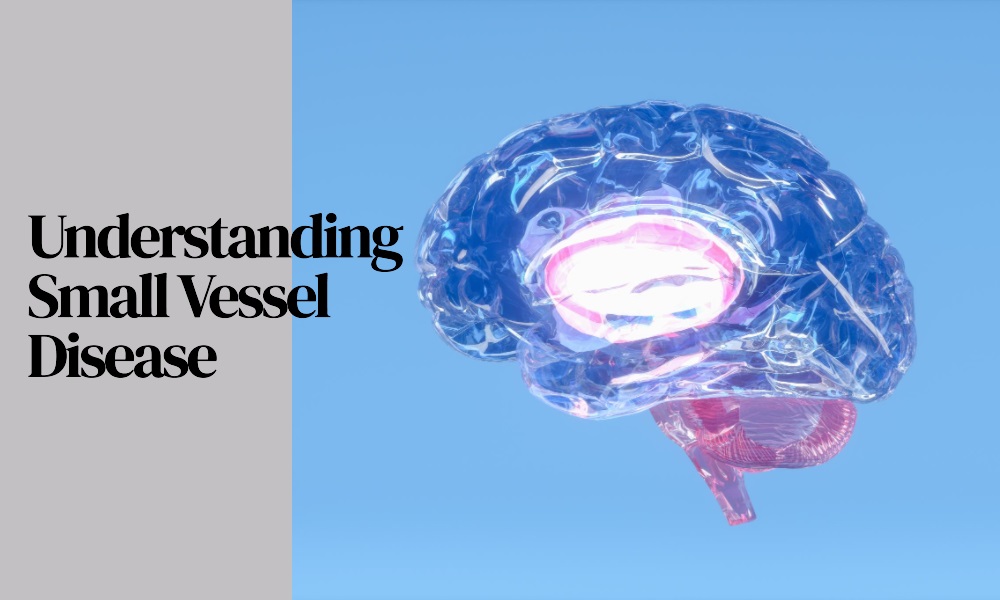Small vessel disease (SVD) – a condition affecting the tiny arteries in the heart – often raises concerns due to its association with other serious conditions such as stroke and heart failure. One of the prevalent questions about SVD revolves around the progression rate of the disease. How fast does it evolve, and what are the determinants? Let’s delve into understanding the progression of small vessel disease.
Understanding Small Vessel Disease
Before exploring the progression, it’s crucial to comprehend what SVD is. Small vessel disease, sometimes referred to as coronary microvascular disease, is a condition where the walls of the small arteries in the heart become damaged and don’t dilate properly. This compromises blood flow, leading to symptoms similar to other cardiac conditions, most notably chest pain.
Factors Influencing the Progression of SVD
- Underlying Health Conditions: Individuals with diabetes or high blood pressure might experience a faster progression of SVD. Both these conditions can damage blood vessels, exacerbating SVD.
- Lifestyle Choices: Smoking, excessive alcohol intake, a sedentary lifestyle, and an unhealthy diet can speed up the disease’s course.
- Age: As one gets older, the risk of developing and the rapidity of SVD progression can increase due to natural wear and tear of the vessels.
- Genetics: A family history of heart diseases or SVD can contribute to a swifter progression.
Stages and Speed of Progression
The progression of small vessel disease isn’t universally consistent. It varies based on individual health and the influencing factors mentioned above. However, generally, SVD can be categorized into stages:
- Mild: Symptoms might be non-existent or sporadic. Regular check-ups might detect slight irregularities in blood flow. This stage can last for years without progression for some.
- Moderate: Symptoms become more apparent, especially during physical exertion. At this point, lifestyle changes and medications can play a role in slowing progression.
- Severe: Daily activities might trigger symptoms. The risk of associated complications, such as heart attacks or strokes, increases.
It’s essential to note that while some people might remain in the mild stage for an extended period, others can transition to severe stages within a few years, especially without proper management.
Management and Controlling Progression
Early detection and appropriate management can slow the progression of SVD. Strategies include:
- Medications: Drugs to improve blood flow, lower blood pressure, or manage underlying conditions can be prescribed.
- Lifestyle Changes: Adopting a heart-healthy diet, regular exercise, and quitting smoking are crucial.
- Regular Monitoring: Frequent medical check-ups ensure early detection of any rapid progression.
FAQs
Is small vessel disease the same as coronary artery disease (CAD)?
While both affect the heart’s blood vessels, CAD primarily affects the heart’s main arteries, while SVD impacts the smaller ones.
Can SVD be reversed?
While the damage might not be entirely reversible, appropriate management can significantly reduce symptoms and slow progression.
What tests diagnose the progression of SVD?
Tests like coronary angiogram, MRI, or stress tests can provide insights into the disease’s status.
Are there any early signs to detect SVD progression?
Early signs might include chest pain during exertion, fatigue, or shortness of breath.
Can SVD lead to heart failure?
In severe cases, and without proper management, SVD can contribute to heart failure.
Conclusion
Small vessel disease, though subtle in its initial stages, can escalate if left unchecked. The progression varies among individuals based on genetics, lifestyle, and other health factors. Being proactive, adopting heart-healthy habits, and seeking regular medical advice can significantly influence the disease’s trajectory, offering a chance for a healthier, more active life.











